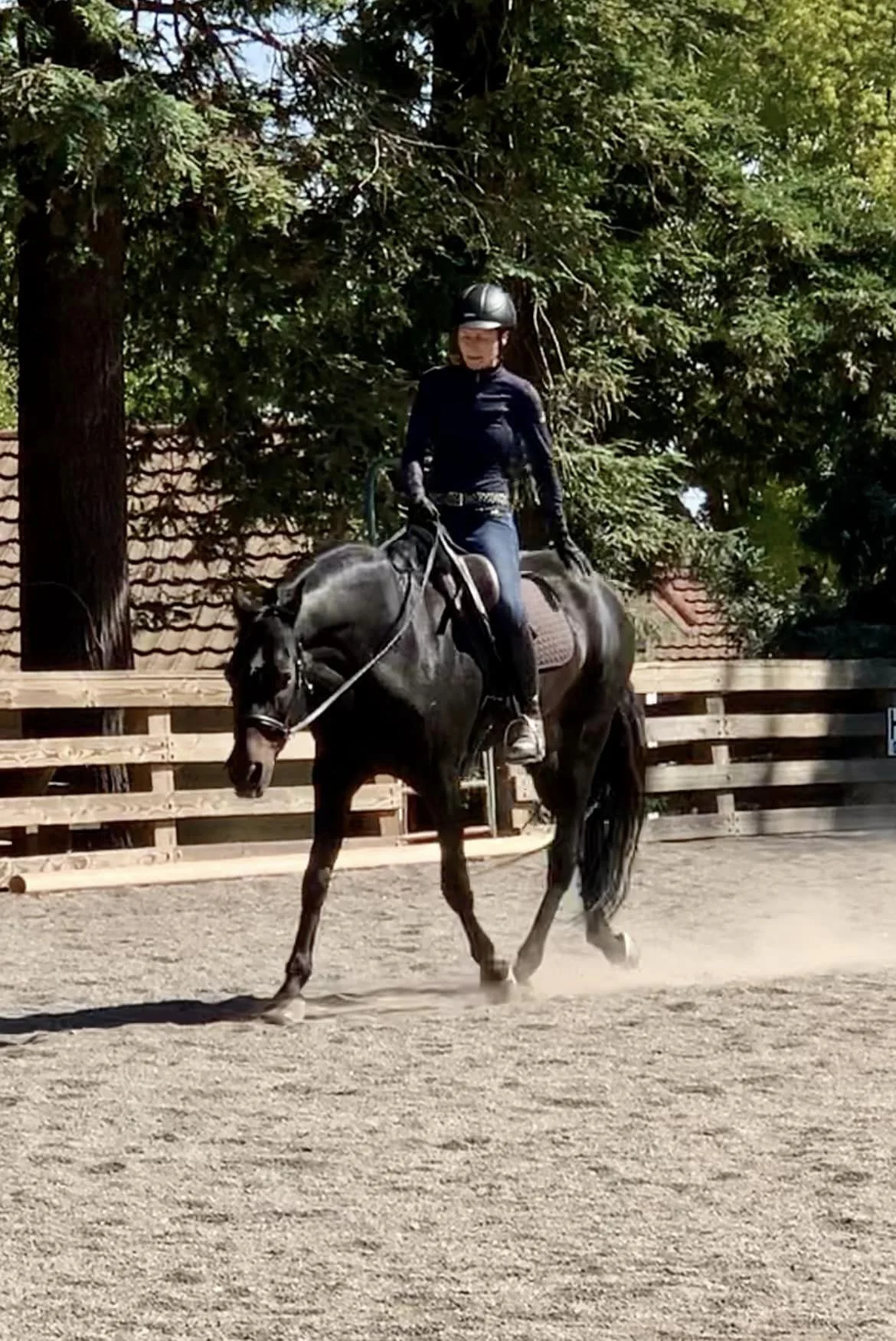Dressage books tend to have a rather sedative effect on me. Now don't get me wrong, there's no excuse not to read. If you are truly a dressage geek, you should suffer through some of the classics because there is valuable insight to be had. But it doesn't come easily. And it's not that I have a problem with reading and comprehension of complex materials. I have studied philosophy both in my undergraduate and graduate work and wrote my thesis on Bourdieu's discourse theories applied to the censorship of the East German theater. But on one hand, there is so much repetition of basics in dressage literature, and on the other hand a lot of skipping specifics and a strange understanding of presupposed knowledge.
For one, everyone ( yes, this is a generalization) starts with 20 pages of how horses are to be kept to be happy. And to be horses. Now, of course that is of utmost importance, but I'd just like to treat that as a given. And I hate skipping ahead in a book, out of an irrational fear to find out later that I missed the introduction of the most important concept.
Then we move on to another 30 pages of theoretical explanation in the most flowery language possible, that we have two types of methods of influencing the horse at our disposal: Our seat/position/aids and movements/exercises. (The book could be focused also only on either one of those two). Sometimes there are little gems to be found here that can serve well for your signature line or anywhere you might need a quote. And hopefully it mentions in some form "inside leg to outside rein" somewhere.
At some point we are introduced to images, either photos or drawings depicting the correct alignment in the rider and of the horse in certain movements. Some look more correct than others. Unfortunately, the ensuing explanation on how to move your body to accomplish said movement is pretty much like trying to read an instruction manual translated from Danish by Google Translate on how to ride a bike, or how to breathe. A full two pages on the half halt, for example, make me go search my bookcase for a human anatomy book. Once I locate the general area that houses a certain body part, I then try to move it in the described fashion. Tilting forward which way? And I thought I was perfectly capable of executing a half halt. My horses seem to get it just fine and if I miss one, for example right before the canter transition, they will definitely let me know.
Of course, the more you advance in dressage, the more you are already familiar with the key concepts and ways to address issues such as crookedness in the horse. But I feel there is so much knowledge to be had, (and a lot I miss in my clinics because I'm riding too) that there's got to be a more palpable way of transmitting it. And I don't mean watching hours of other people's clinic rides with big name trainers on youtube. Although that can be helpful too, just not any better use of time than actually reading one of the old (or newer) masters. Ultimately, you can only learn to ride by riding, but there are certain things that lend themselves to be read a book -- I'm thinking here of concepts. So hey, maybe I have an idea.
P.S. If you have written a fantastic dressage book that does not act as a sleep enhancer, I probably just haven't gotten to it yet, so please don't be offended!

